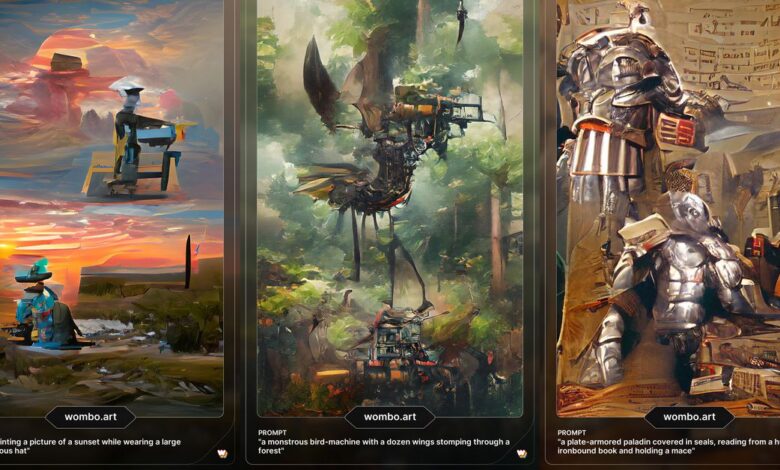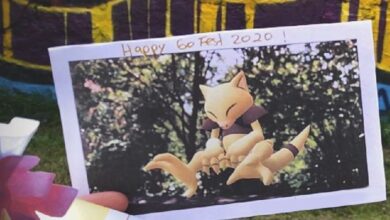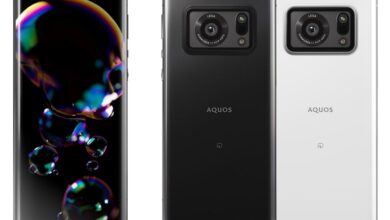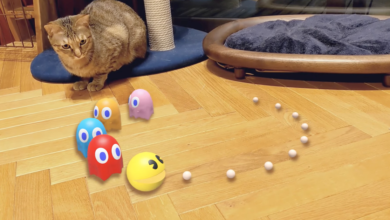This AI art app is a glimpse at the future of synthetic media

If you’ve been hanging out on Twitter lately, then you’ve probably noticed a profusion of AI-generated images sprouting all over your timeline like weird, algorithmic visions. These pictures have been generated using a new app called Dream, which lets anyone create “AI-powered paintings” by simply typing a brief description of what they want to see. It’s odd, often uncanny stuff — and extremely fun.
The resulting artwork has its own particular aesthetic, defined by swirling shapes and incoherent objects. The real magic, though, is that no matter what you type, the app will generate something that is visually compelling (at least until we get too used to these toys) and that matches your prompt in often surprisingly apposite ways.
Consider, for example, the image below: “Galactic Archaeology With Metal-Poor Stars.” Not only has the app created a picture that captures the mind-boggling galactic scale of a nebula, but the star-like highlights dotted around the space are mostly blue — a tint that is scientifically accurate for metal-poor stars (as metallicity affects their color).
A few quick searches on Twitter reveal plenty more examples, but really, you should have a play with the app yourself to understand it better. (If nothing else, the images it generates are exactly the right size to create a personalized wallpaper for your phone.)
This sort of AI-generated artwork is not new, but it is becoming higher quality and more accessible. Past examples of these sorts of text-to-image models have included research-orientated programs like DALL-E and VQGAN+CLIP, as well as more specialized commercial projects like Artbreeder (which is particularly good at creating portraits of fictional beings and people). With tools such as these, the AI art scene has exploded in recent years, with practitioners creating everything from lifelike Roman emperors to infinite waifus.
The Dream app takes things a step further with its speed, quality, and accessibility. It’s available on iOS, Android, and the web and is the work of a Canadian startup named Wombo. The company previously made that AI-powered app that lets you feed in static images to create lip-synced renditions of memeable songs. What exactly powers Dream isn’t clear (we’ve contacted Wombo to find out), but a lot of AI art tech is open-source, which means the firm has likely built on past work to create the app.
Generally, programs like these are trained on vision datasets — huge libraries of images that are tagged based on objects and scenery. The programs pick out consistent patterns and themes in these images and then use this information to try and generate something that matches the users’ prompt. We don’t know what dataset Dream’s algorithms were trained on, but based on its output, it’s safe to say it includes a wide range of imagery — able to generate pictures that correspond to anime characters and video games.
Found an app that is an ai attempting to make art and honestly??? This shit be popping off. I could never render these colors so vibrantly.
These were all created with the words “Knight armor” in Wombo Dream. Like??? They are gorgeous??? pic.twitter.com/mEANARv8Qm— MotherLyra (@Lyraa121) November 21, 2021
The accessibility of Dream means it’s being put to novel uses, too. It’s been used for viral games (like inputting your PhD thesis title and sharing the result) and for more directed projects as well. In one amazing Twitter thread, the writer and illustrator Ursula Vernon (who publishes under the name T. Kingfisher) shared a short comic they’d made using Dream. The comic’s characters are drawn by hand, but the backgrounds are AI-generated, with the surreal, shifting quality of the images explained as a result of the setting: a dream library overseen by the Egyptian god of writing, Thoth.
Vernon tweeted about her experience, noting that she had to do a not-insignificant amount of work to prepare the images and that the inability of the program to create scenery from within a space with consistent architecture created its own challenges.
“In Conclusion—does it work visually? I think the answer is ‘sort of,’” tweeted Vernon. “I’m very aware of the weirdnesses as an artist, obviously. As a dream sequence, the messed up architecture kinda works, but how long can you get away with it? Sooner or later, the reader is probably gonna notice that nothing takes place in the same scene from a different angle.”
So this weekend, armed with a couple of AI art programs, I started noodling around to see what I could do, and if I could put together one of my Weird Little Comic ideas using mostly retouched computer generated imagery.
These nine pages were the result. pic.twitter.com/POXoBN0Hbx
— Kingfisher & Wombat (@UrsulaV) December 6, 2021
Despite its obvious limitations, Dream shows us a glimpse of the future of synthetic or AI-generated media. For evangelists in this space, the promise of the technology is one of infinite variety. In the future, they say, games, comics, films, and books will all be generated on the fly in response to our every prompt and whim. And although we’re a long, long way from such media matching the quality of human output, limited, hybrid applications will be coming sooner than you think — appearing like something first glimpsed in a dream.





